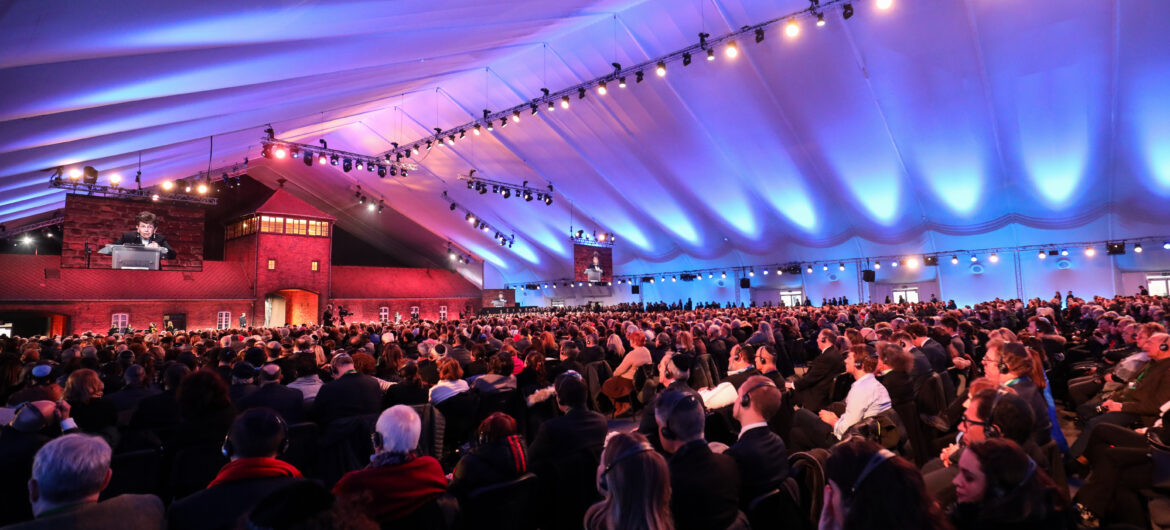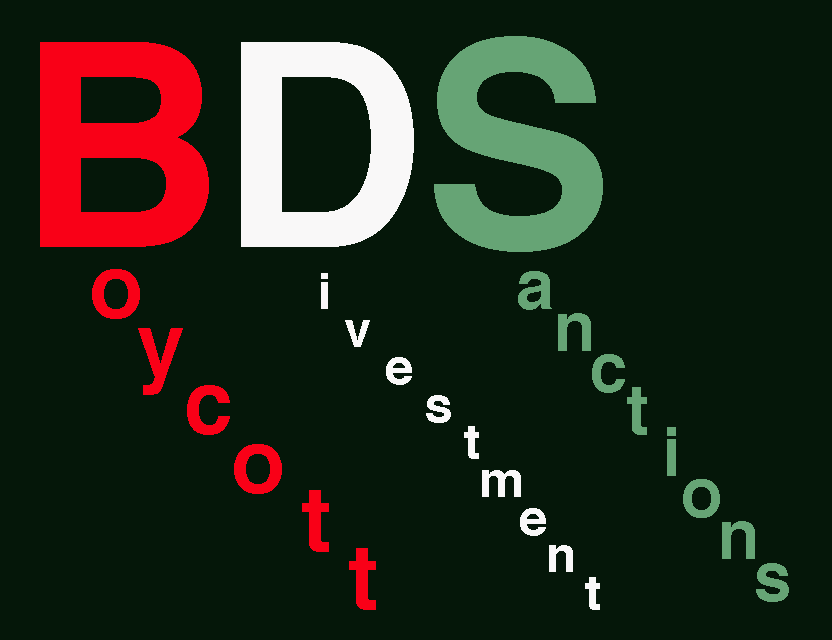Words by Simon Edwards, Comment Online Editor
January 27th marks National Holocaust Memorial Day. This annual day of remembrance falls on the liberation date of Auschwitz-Birkenau in 1945, commemorated to ensure that the genocide committed in Nazi-occupied Europe, as well as victims of genocide in Cambodia, Rwanda, Bosnia and Darfur, are not forgotten. Remembrance of the atrocities of the Holocaust is a highly complex topic: one area of particular contention is the role filmic depiction should, or should not, play in ensuring the events of the Holocaust are remembered.
The relationship between Holocaust remembrance and film traces back to the initial liberation of the camps – Allied Commander-in-Chief Dwight D. Eisenhower directed press and film journalists to capture the scenes of Buchenwald concentration camp, telling them that “I want you to see for yourself and be spokesmen for the United States” and ensuring widespread dissemination of now infamous images of the camp and its victims. These pictures are harrowing, stark visualisations of unbelievable acts: evidence of suffering that, to all rational minds, is undeniable upon seeing them. Yet their ubiquity has troubled many for decades – their use in documentaries, feature films, on constant loop in museums and, more troublingly, by organisations applying them to unrelated causes and events, continues to spark debate.
The undeniable power of the images is often cited as one of the most powerful tools of educating the uninformed about the Holocaust. Documentaries, going back to the seminal BBC series The World At War, have used footage captured by Allied and Nazi photographers and documentarians to supplement their descriptions of Auschwitz, Treblinka, Dachau and Buchenwald. Seeing these images for the first time leaves an indelible mark on us all: I would imagine most people have some memory, even if fleeting, of when and where they first saw them. Their constant usage by historians, filmmakers and museum curators confirms a simple truth: they work. However, arguments against their widespread distribution are varied: many argue that the images, especially of bodies and mass graves, are exploitative, reducing victims of genocide to grim tableaux for us to weep over, affirming our own humanity before moving on with our lives. There is a reasonable case to be made that it is not the job of the dead to tell us why their suffering was unimaginably cruel and painful – the message can be conveyed without the images.
A further concern, more typically voiced by scholars, is the risk of diluting the effectiveness of the images through constant use. Exposure to something, no matter how horrific, naturally strengthens our capacity to endure it, and in an age where the internet steals our innocence early, and graphic images are a few keyboard taps away, there is every risk that these pictures will begin to lose their power over us: does enshrining them in context fight back against that, or contribute to it? Finally, on a gentler note, we might question why those who do not know this history, typically children, must learn it in such a horrific way? This is not to suggest that the events of the Holocaust be smoothed over and made child-appropriate: it is more a question of whether it is essential that, in order to understand a historical event, children be exposed to graphic, traumatising imagery. The Holocaust must be known and understood, but depicting it is a topic fraught with contention.
The other major means of mediating the events of the Holocaust is through depictions in fictional cinema. Films on the Holocaust cover a broad spectrum of productions: from Hollywood-produced prestige pictures to independent foreign films, British pictures for children and even tragicomedies – the events of the Holocaust have been presented in a myriad of cinematic forms.
In spite of these various efforts, there are many scholars and other figures who pour scorn on attempts to portray mechanised extermination of human beings on film. From David Mamet’s dismissal of Schindler’s List as an exploitation film to Slavoj Zizek’s essay on the 90s’ wave of ‘Holocaust comedies’, recriminations against depictions of the Holocaust on film are widespread, and varied. Even Son Of Saul, a truly bleak and soul-crushing two hours that captures the horrors of life in Auschwitz as perfectly as any fictional film may be capable, has been called “soft porn for refined people”, sufficiently all-playing to win an Oscar while courting the arthouse chin-stroking crowd, without actually adding anything new to Holocaust remembrance.
The fundamental issue with films that depict the Holocaust is nonetheless self-evident: it is near-impossible to do justice to the events in a way which is tasteful, non-exploitative, educational and artistic. By drawing the Holocaust into the realm of cinema, questions of profit and market value, audience satisfaction and awards contendership, instantly marr the film as a tool of remembrance. How can a commercial artistic product capture the deaths of millions of Jews, Roma, LBGTQ+, Poles, disabled groups, and more besides? Whether tasteful or tasteless, explicit or implicit, it seems that films can, at best, evoke the horrors of those events; but do they do so more effectively than hearing them described? Does fiction create a barrier which dilutes reality?
There are documentaries and films which, in my estimation, do a far better and more valuable job of remembering the events of the Holocaust – two in particular I wish to highlight are Sidney Lumet’s The Pawnbroker and Claude Lanzmann’s Shoah. The former, a fictional story of a Jewish pawnbroker in 1960s New York, depicts a man haunted by atrocities he witnessed during the Holocaust, spiritually ‘dead’ ‘and yet continuing to live. Shoah is a nine-hour documentary entirely made up of interviews with Jewish, Polish, and Nazi witnesses to the death camps, capturing so complete a picture of the events that transpired there.
What sets these films apart is that they fulfil the job that the images captured in 1945 are relied upon so heavily to do: they provide indelible accounts, from the eyes and mouths of survivors (all real in Shoah, fictional but inspired-by in The Pawnbroker) of what the Holocaust truly was, in harsh, unrelenting terms. Their cinematic testimonies, as Lanzmann reflected after the film’s release, “speak for the dead… [and] acknowledged the generality of the people”. Those who are lucky enough to have heard survivors tell their stories know that their recollections are among the evocative and powerful means of transmitting these events to future generations. As time claims those who survived, it becomes ever more important to focus cinematic remembrance on recording and remediating their words: by championing footage of those who survived and were able to give their accounts, teaching others about the atrocities of the Holocaust through their stories, we allow the dead to rest.


